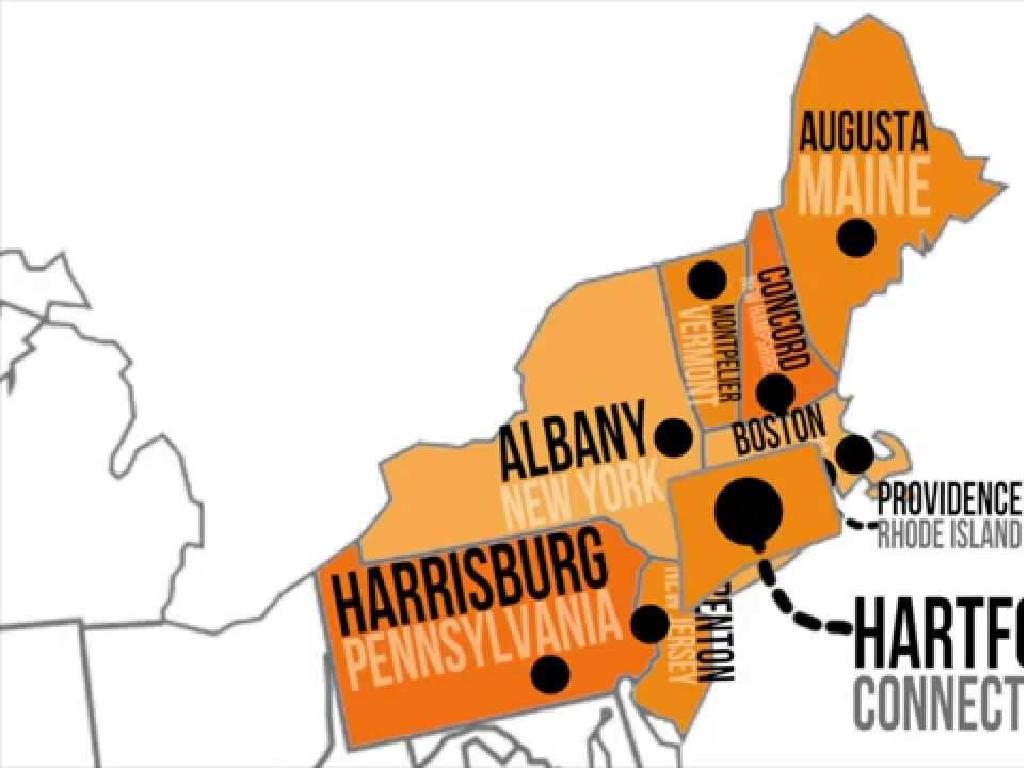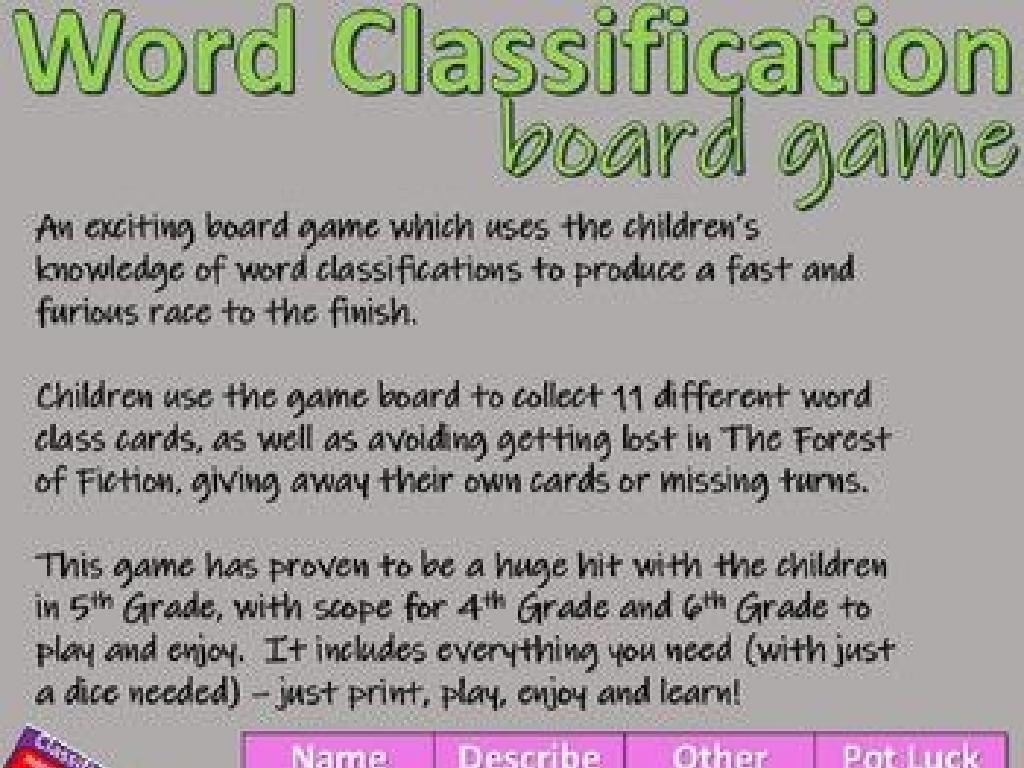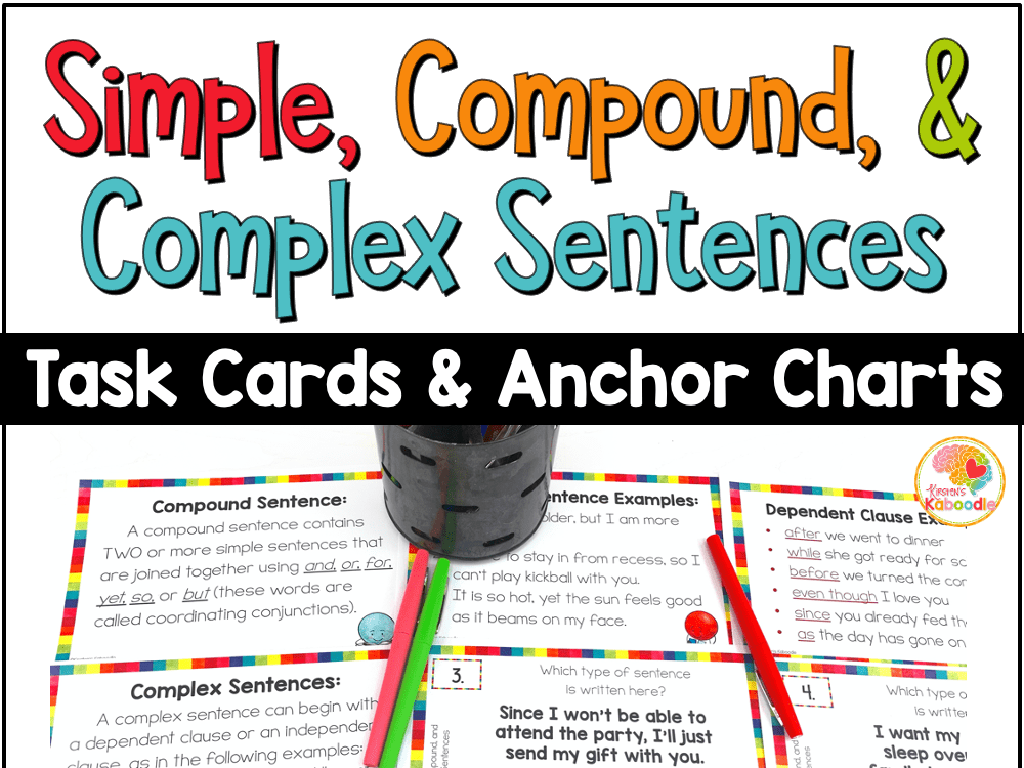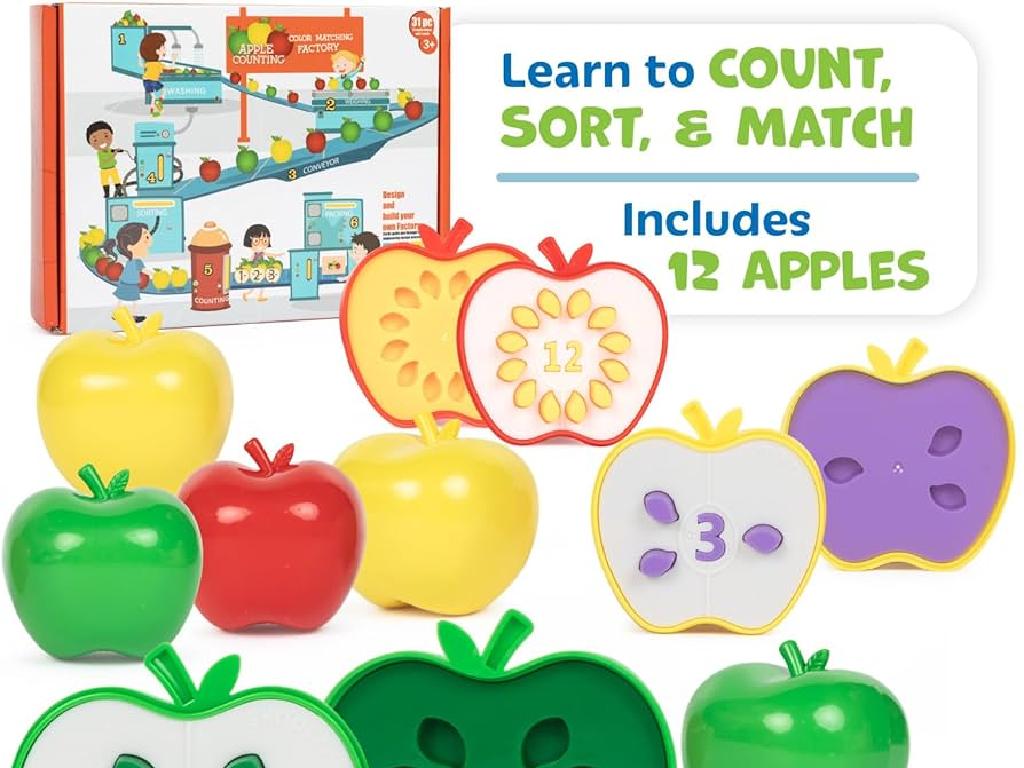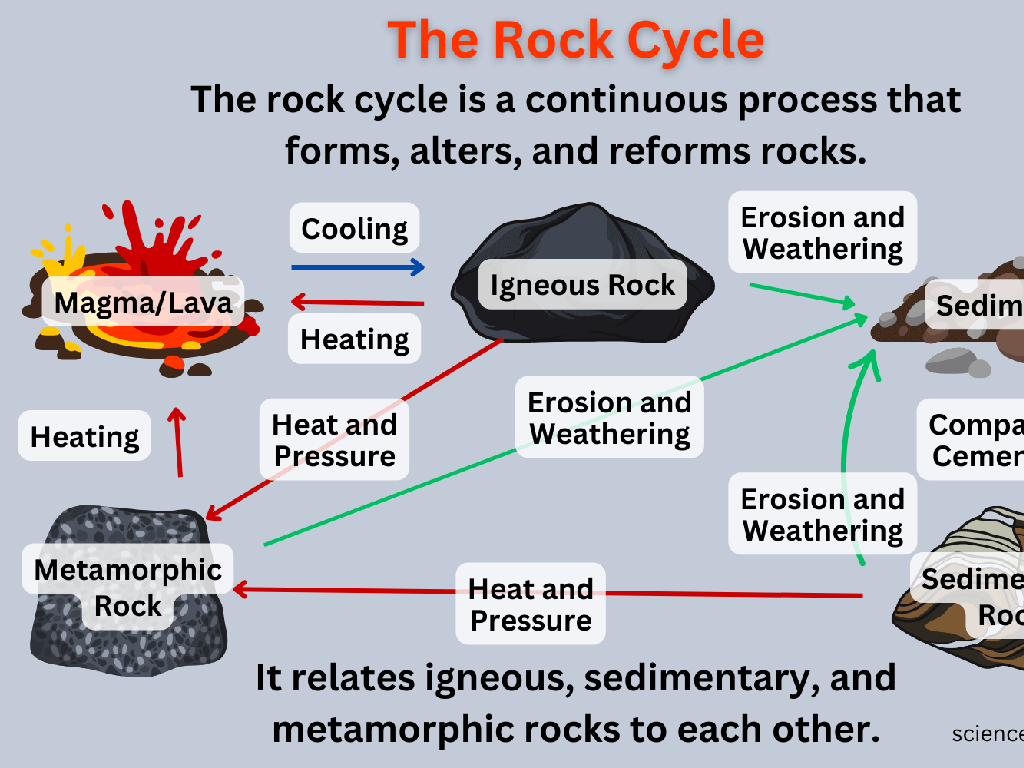Compare Ancient And Modern Organisms: Use Observations To Support A Hypothesis
Subject: Science
Grade: Third grade
Topic: Fossils
Please LOG IN to download the presentation. Access is available to registered users only.
View More Content
Welcome to the World of Fossils!
– What exactly are fossils?
– Fossils are remains of living things from long ago, like dinosaur bones or plant imprints.
– Ancient vs. modern organisms
– Compare how creatures looked long ago with animals and plants we see today.
– Fossils: A window to the past
– Fossils show us what Earth was like before humans, helping us understand changes over time.
– Forming hypotheses with fossils
– Use observations of fossils to guess how ancient life was similar or different to today’s life.
|
This slide introduces students to the concept of fossils and their importance in understanding the history of life on Earth. Fossils are the preserved remains or traces of ancient organisms that lived millions of years ago. By comparing these ancient remains with modern organisms, students can observe changes and continuities in life forms over time. Fossils act as a historical record, allowing us to piece together the story of our planet’s past. Encourage students to think like scientists and use fossils to make educated guesses (hypotheses) about ancient life, which can then be tested with further observations and research.
Exploring Fossils: Clues to the Past
– What’s a fossil?
– Fossils are remains of old plants or animals.
– Fossils in rocks
– We find fossils preserved in rocks.
– Types of fossils
– They can be bones, footprints, or coprolites (fossilized poop!).
– Fossils teach us history
– They help us learn what creatures lived long ago.
|
This slide introduces the concept of fossils to third-grade students. Begin by explaining that fossils are like nature’s time capsules, preserving evidence of life from millions of years ago. Emphasize that fossils can be more than just bones; they can include footprints, impressions of plants, or even coprolites, which can tell us a lot about ancient diets. Highlight that by studying fossils, scientists can piece together the history of life on Earth and understand how modern organisms evolved from their ancient ancestors. Encourage students to think about what they could learn if they found a fossil themselves.
Exploring Ancient Organisms
– What are ancient organisms?
– Organisms that lived millions of years ago
– Examples of ancient life
– Dinosaurs roamed, Mammoths thrived, Trilobites in ancient seas
– Differences from today’s life
– Some had different shapes or lived in different environments
– Observations support hypotheses
|
This slide introduces students to the concept of ancient organisms, which are species that lived on Earth millions of years before humans. Examples include the mighty dinosaurs, the enormous mammoths, and the sea-dwelling trilobites. Highlight how these ancient creatures differ from the animals and plants we see today, such as in size, habitat, and physical features. Encourage students to think like scientists and use observations from fossils to form hypotheses about these organisms’ lives. This will help them understand the process of scientific inquiry and the importance of evidence in learning about the past.
Modern Organisms vs. Ancient Organisms
– What are modern organisms?
Living creatures we see around us today.
– Examples of modern organisms
Elephants, butterflies, and oak trees are a few examples.
– Similarities to ancient organisms
Some modern organisms resemble ancient ones found in fossils.
– Observations support hypotheses
|
This slide introduces students to the concept of modern organisms, which are the living creatures that exist in the world today. Provide examples that the students can easily recognize, such as elephants, butterflies, and oak trees. Highlight the fact that some modern organisms have ancient counterparts that look very similar, which can be seen in the fossil record. Explain how scientists use observations of these similarities to support hypotheses about how life has evolved over time. Encourage students to think about what these similarities might mean and how they can help us understand the history of life on Earth.
Comparing Ancient and Modern Organisms
– Similarities between old and new
– Both may have same body shapes or features
– Differences we observe
– Size, features, or how they lived might differ
– Organisms’ changes over time
– Some have evolved to adapt to their environment
– Hypotheses from observations
|
This slide aims to spark curiosity in students about the evolution of life on Earth. Start by discussing the similarities between ancient and modern organisms, such as similar body structures or functions, which can suggest a shared ancestry. Then, explore the differences, which might include size, features, or habitats, showing how species have adapted or gone extinct. Discuss how organisms have changed over time due to environmental pressures, leading to evolution. Encourage students to use these observations to form hypotheses about how and why these changes occurred. This exercise will help them understand the concept of adaptation and the evidence for evolution provided by fossils.
Making Observations with Fossils
– Observations are key details
– Like detectives, we notice things carefully
– Observe size, shape, color
– Is it big or small? Round or sharp? What color is it?
– Scientists study fossils
– Fossils tell us stories of ancient life
– Observations support hypotheses
– Our guesses about fossils are tested with these details
|
This slide introduces students to the concept of making observations, an essential part of the scientific method. Observations help us gather information about the world around us. When it comes to fossils, scientists observe their size, shape, and color to learn about ancient organisms. These observations can then be used to support or refute hypotheses about how these organisms lived and how they are related to modern creatures. Encourage students to think like scientists and make their own observations, emphasizing that careful attention to detail can lead to exciting discoveries about the past.
Creating a Hypothesis with Fossils
– What is a hypothesis?
– A hypothesis is a smart guess based on what we know.
– Being a detective in science
– Just like detectives, scientists use clues to solve mysteries.
– Observations lead to hypotheses
– We look at fossils and think about how they lived.
– Fossils help us guess the past
|
In this slide, we introduce the concept of a hypothesis to the students, explaining it as a smart guess that scientists make to explain why something happens. We draw a parallel between being a scientist and a detective, emphasizing the use of clues to solve mysteries. This analogy helps students understand that, like detectives, they can use observations to form hypotheses about ancient life based on fossils. Encourage the students to think about what fossils can tell us about ancient organisms and how they might have lived, moved, or eaten. This will set the stage for further discussions on how we can compare ancient and modern organisms using the evidence provided by fossils.
Supporting Our Hypothesis with Fossils
– Searching for evidence
– We become detectives, looking for clues in fossils
– Evidence includes observations
– What we see, measure, or discover about fossils
– Comparing evidence to hypothesis
– Does the fossil evidence match our guess?
– Evidence supports or refutes
– If evidence aligns, our hypothesis grows stronger
|
In this slide, we’re teaching students how to support their hypotheses about ancient and modern organisms using evidence from fossils. Encourage them to think like scientists, searching for clues that can confirm or deny their initial guesses. Explain that evidence can come from what they observe in the fossils, such as size or shape, measurements they take, or information they learn. They should compare this evidence to their hypothesis to see if there’s a match. If the evidence supports their hypothesis, it becomes stronger; if not, they may need to rethink their ideas. This process is crucial in scientific inquiry and helps students understand the importance of evidence in forming conclusions.
Fossil Detective Activity
– Become a fossil detective!
– Observe fossils and modern organisms
– Look at the shapes, sizes, and patterns
– Create a hypothesis on relationships
– Think about what’s similar or different
– Share your detective findings
– Tell the class your ideas about the fossils
|
In this activity, students will act as detectives to explore the connections between ancient fossils and modern organisms. Provide a variety of fossil images and pictures of living creatures for comparison. Guide the students to observe details such as structure and form. Encourage them to formulate hypotheses on how these organisms might be related based on their observations. For example, they might compare the wing of a bat to the fossil of a pterosaur. Afterward, have each student present their hypothesis to the class, fostering a discussion on the evolutionary links between past and present life forms. This activity aims to develop critical thinking and support the understanding of evolution and natural history.
Class Activity: Fossil Comparisons
– Compare fossils to modern organisms
– Discuss similarities and differences
– Look at shapes, sizes, and structures
– Formulate a hypothesis
– A hypothesis is a smart guess based on observations
– Present findings to the class
|
This activity is designed to engage students in hands-on learning by comparing ancient fossils to modern organisms. Divide the class into small groups and provide each with pictures of various fossils and corresponding modern organisms. Encourage them to observe carefully and discuss within their groups the similarities and differences they notice, such as body structures or living environments. Guide them to use these observations to formulate a hypothesis about the relationship between the fossils and modern organisms. Each group will then present their findings and hypothesis to the class, fostering public speaking and critical thinking skills. Possible activities include comparing a trilobite fossil to a modern beetle, a fern fossil to a modern fern, or a dinosaur bone to a chicken bone. The teacher should circulate to provide guidance and ensure each group is on task.

